Excavation failures are particularly dangerous because they may occur quickly, limiting the ability of workers (and in some cases others in the vicinity) to escape especially if the collapse is extensive. The speed of an excavation collapse increases the risk associated with this type of work and the consequences are significant as the falling earth can bury or crush any person in its path. This can result in death by suffocation or internal crush injuries.
What is required to manage risks associated with excavation work?
Any person conducting excavation work must undertake the relevant health and safety risk management practices. In order to manage risks under the WHS Regulations, a duty holder must:
- identify reasonably foreseeable hazards that could increase the risk
- eliminate the risk so far as it is reasonably practicable
- if it is not reasonably practicable to eliminate the risk – minimise the risk so far as is reasonably practicable by implementing control measures
- maintain the implemented control measure so that it remains effective
- review, and if necessary, revise control measures.
Source: Safe Work Australia
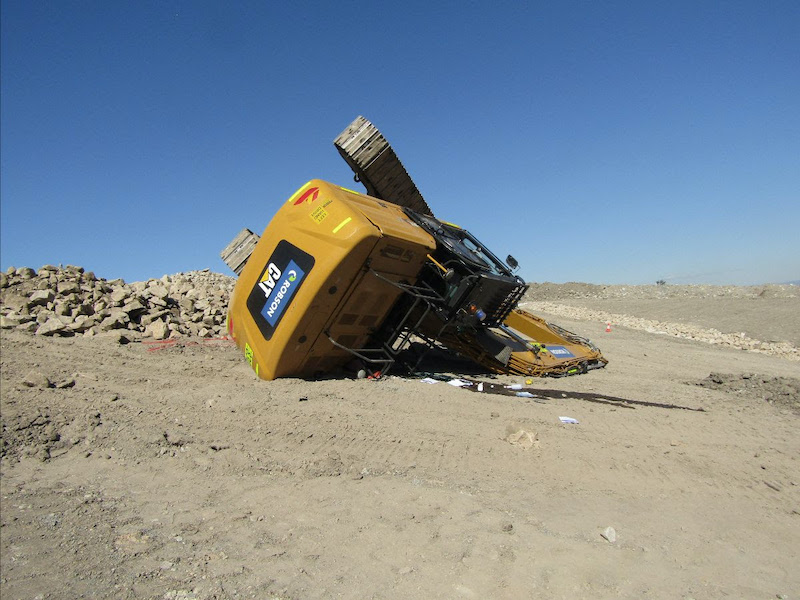
A 30 tonne excavator conducting rehabilitation work was being walked backwards when one track rode up onto a rock pile, causing the excavator to overturn. The operator suffered a bump on the head.
Excavation failure example
In June 2018, a potentially serious incident involving a 45-tonne excavator fitted with a hydraulic hammer occurred at a mine site. The machine was being used to break rocks when one of the boom supports failed suddenly, causing the boom to slide off its support pin and break through the side window of the operator’s cab.
Fortunately for the operator, metal mesh installed on the side window to protect the glass from rock damage prevented the foot of the boom from crashing further into the cab space. The operator escaped with minor cuts from the broken glass.
What are the contributory factors of excavator boom failure?
Using an excavator as a rock breaker for prolonged periods may affect the lifespan of components due to increased cyclic loading, shock loads and vibration.
Repairing fatigue cracks using unapproved methods or uncertified products increases the risk of sudden catastrophic failure of boom components. Inadequate cleaning of the excavator prior to maintenance may contribute to fatigue cracks going undetected, further increasing the risk of failure.
Actions required by mining sites to improve excavator safety
When considering the prolonged use of an excavator as a rock breaker, to control the risk of sudden catastrophic failure of booms, arms and other ancillary components:
- ensure the specific rock breaker tool is approve for use by the OEM on the particular excavator model
- consult the OEM and implement any recommended changes to their routine scheduled maintenance regarding procedures for inspecting, assessing and repairing fatigue-related cracks in components of the boom.
- ensure the replacement boom component parts are correctly sourced and certified
- ensure excavators are adequately cleaned prior to maintenance so that any cracks or defects are identifiable
- provide adequate training and assessment of operators regarding the safe and correct use of the excavator with a rock breaker tool.
Cylinder Protection
The nature of operation means excavator cylinders are exposed and prone to extensive damage which requires costly replacement and maintenance. This doesn’t take into account the exponential costs associated with a downed machine which is not producing. Each damaged cylinder replacement costs up to $50,000 in parts and fitment as well as up to $1,500,000 in lost production per day the machine is not operational.
Our EX3600 Cylinder Protection System has been designed to minimise the expensive damage and downtime that occurs to the hydraulic rams during operation.The protection system is designed and engineered to deflect rocks and debris and protect the expensive cylinders from damage during operation.
For more information about cylinder protection click here, or see our article on risk management.
Source: Mining Safety News


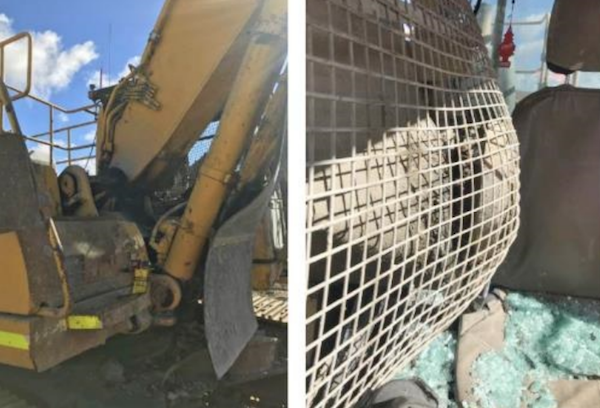

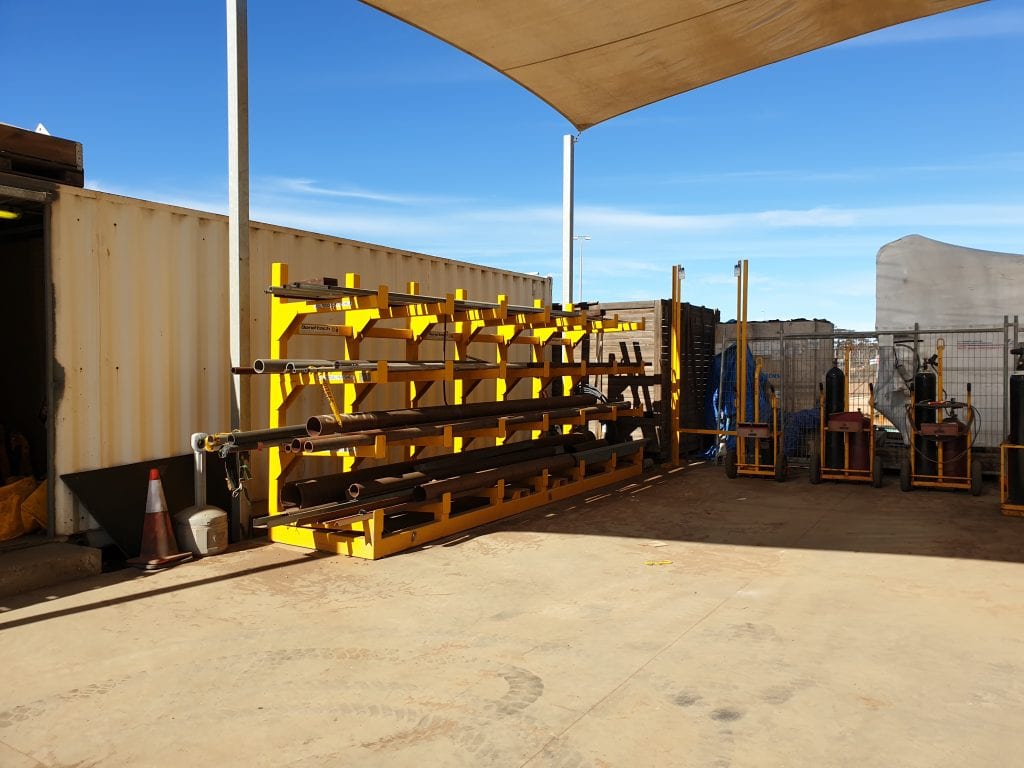
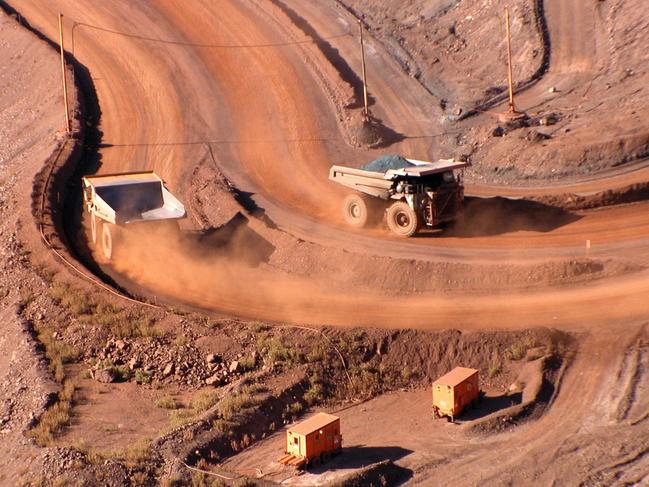
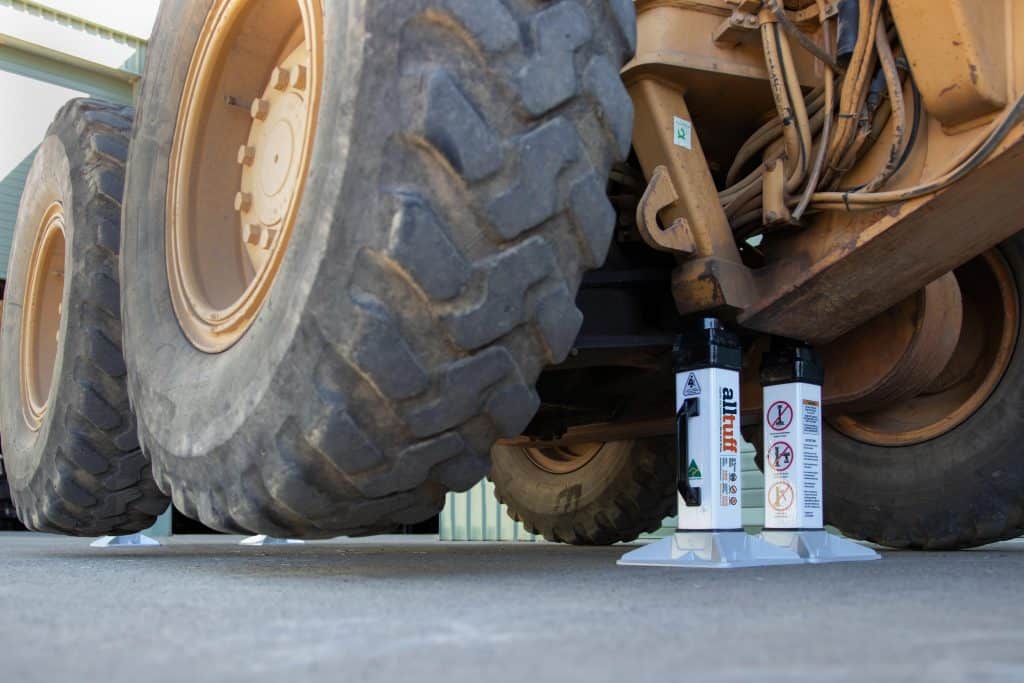
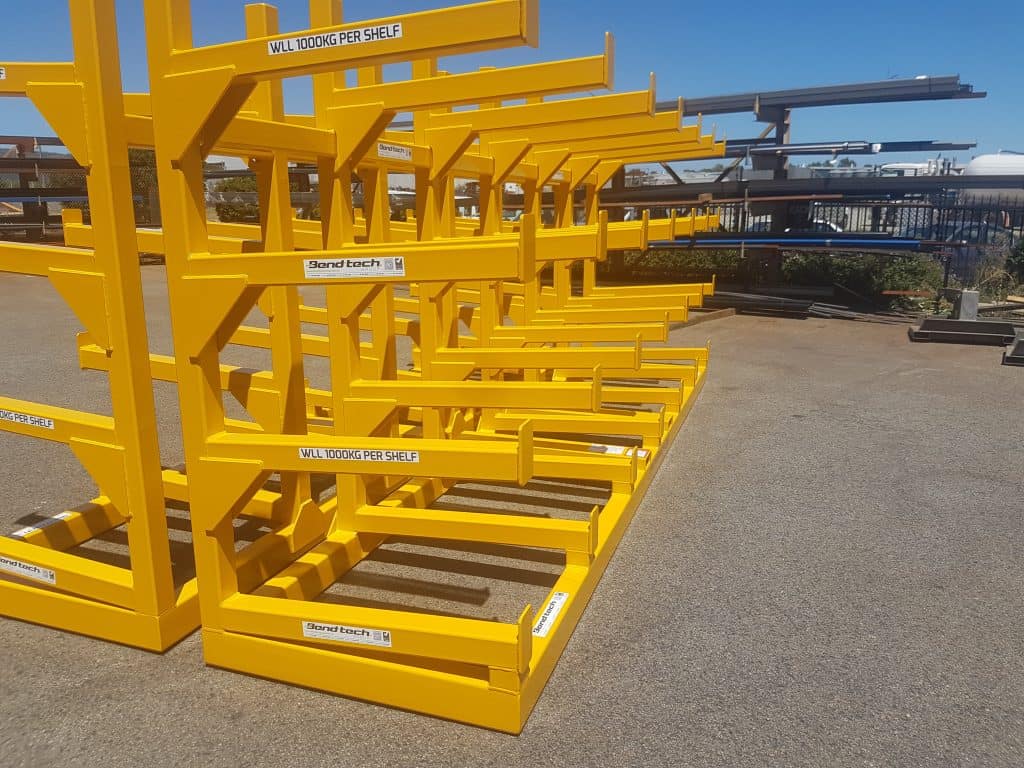
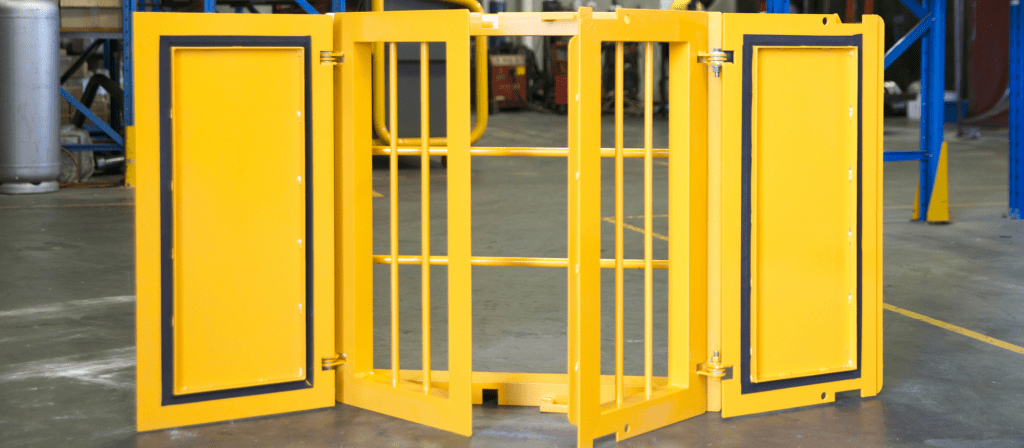
About The Author: Jake Marinovich
More posts by Jake Marinovich